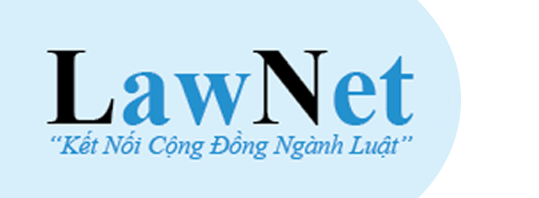What are regulations on value-added tax refund estimate according to the provisions of the Law on Value-Added Tax in Vietnam?
What are regulations on value-added tax refund estimate according to the provisions of the Law on Value-Added Tax in Vietnam? What are principles for building state budget expenditure estimates for 2023 in Vietnam?
Please advise. Thankyou.
What are regulations on value-added tax refund estimate according to the provisions of the Law on Value-Added Tax in Vietnam?
In Clause 4, Clause 5, Clause 6, Article 13 Circular 47/2022/TT-BTC (effective from September 12, 2022) regulates construction of value added tax refund estimates according to the provisions of the Law on Price Tax The added value is specified as follows:
4. Develop a value-added tax refund estimate according to the provisions of the Law on Value-Added Tax:
Based on the actual situation and socio-economic development goals in the area; production and business plans of export enterprises, total number of newly licensed projects and investment capital, investment progress of ongoing investment projects and new investment projects, investment projects The investment ends the investment phase and moves to the business operation phase in the area to correctly, fully and promptly calculate the value-added tax refund expected to arise in 2023 according to current policies and regimes and regulations take effect. Developing estimates of value-added tax refunds is associated with the need to strengthen tax refund management, supervision, inspection, and inspection after value-added tax refunds to ensure correct developments in reality, policies and regimes.
5. State budget revenue estimates (including domestic revenue and revenue from import-export activities) need to estimate the refund of taxes, late payment interest, and overpayment fines that reduce state budget revenue according to the provisions of law.
6. Develop estimates of non-refundable aid collection:
Pursuant to the agreements and agreements on non-refundable ODA aid and non-refundable aid that are not part of official development assistance and state budget revenues that have been and are being implemented; agreements that have been and will be signed and implemented from 2023 and the implementation progress of aid amounts, ministries, central agencies and localities develop an estimate of the Ministry's 2023 non-refundable aid collection, agency, locality. For aid received from 2022 and earlier that does not have an assigned estimate, new aid not included in the medium-term plan (for development investment expenditure), ministries and central agencies and localities prepare and synthesize into the 2023 estimate to carry out procedures to supplement the medium-term plan, assign estimates, account and settle according to the prescribed regime (which specifically shows projects from this source included in the medium-term public investment plan or not included in the medium-term public investment plan).

What are regulations on value-added tax refund estimate according to the provisions of the Law on Value-Added Tax in Vietnam? (Image from the Internet)
What are principles for building state budget expenditure estimates for 2023 in Vietnam?
According to Clause 1, Article 14, Circular 47/2022/TT-BTC (effective from September 12, 2022) stipulating principles for developing state budget expenditure estimates in 2023 as follows:
1. General principles
a) Develop state budget expenditure estimates for 2023 in accordance with the provisions of the State Budget Law, Public Investment Law, and relevant laws; Law provisions on principles, criteria, and norms for allocating development investment capital and regular state budget expenditures; Meet the requirements of budget restructuring, the policy of restructuring the organizational structure, streamlining staff in the political system, improving the quality and efficiency of public service sector operations according to the Resolutions of the Central Committee and the Politburo.
b) Continue to focus resources on reforming wage and social insurance policies according to Resolution No. 27-NQ/TW and Resolution No. 28-NQ/TW of the 7th Central Conference (Term XII). Prioritize improving the capacity of the health system, especially preventive health and grassroots health in necessary and urgent places; Strengthen the implementation of solutions to promote digital transformation and develop the digital economy and digital society. Focus on modern administrative reform, innovate the implementation of the single-window system and interlinked single-window system, and reduce costs.
c) Thoroughly grasp the principles of publicity and transparency and require thorough savings and waste prevention right from the stage of determining tasks; proactively review overlapping policies and tasks, prioritize implementation expenditures according to urgency, importance and ability to implement in 2023 to complete tasks and programs, projects and schemes are approved by competent authorities on the basis of allocated state budget resources and other legally mobilized sources.
Best regards!










